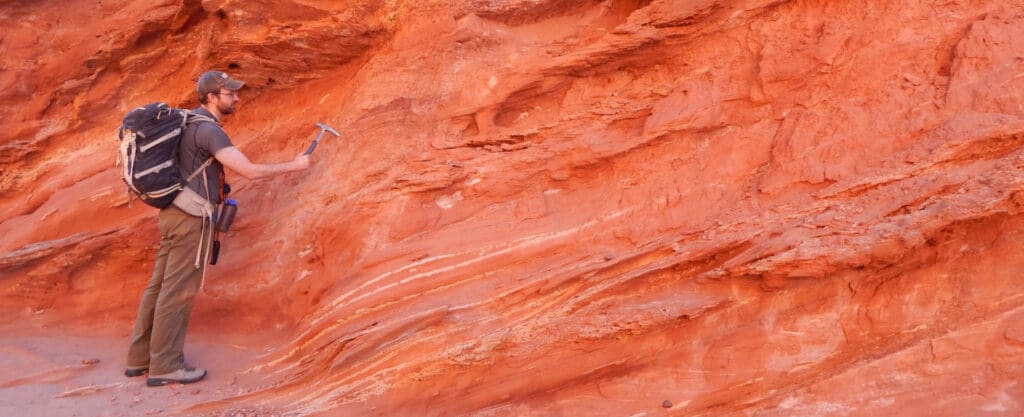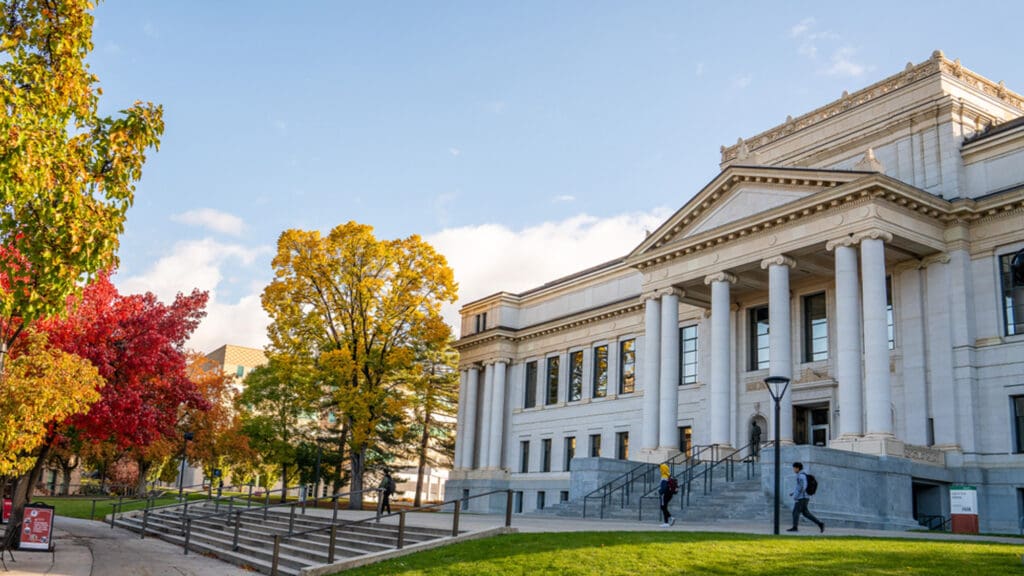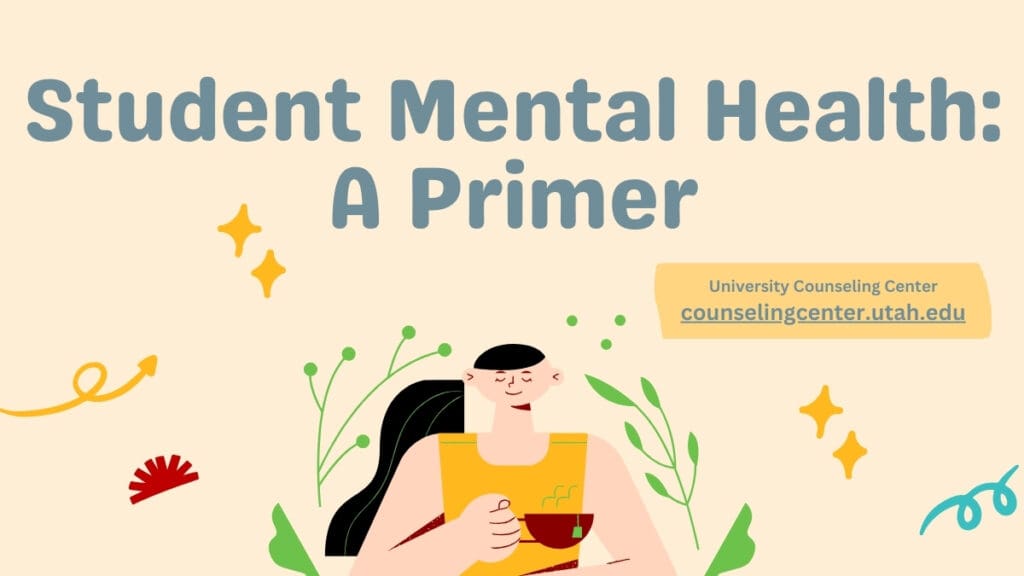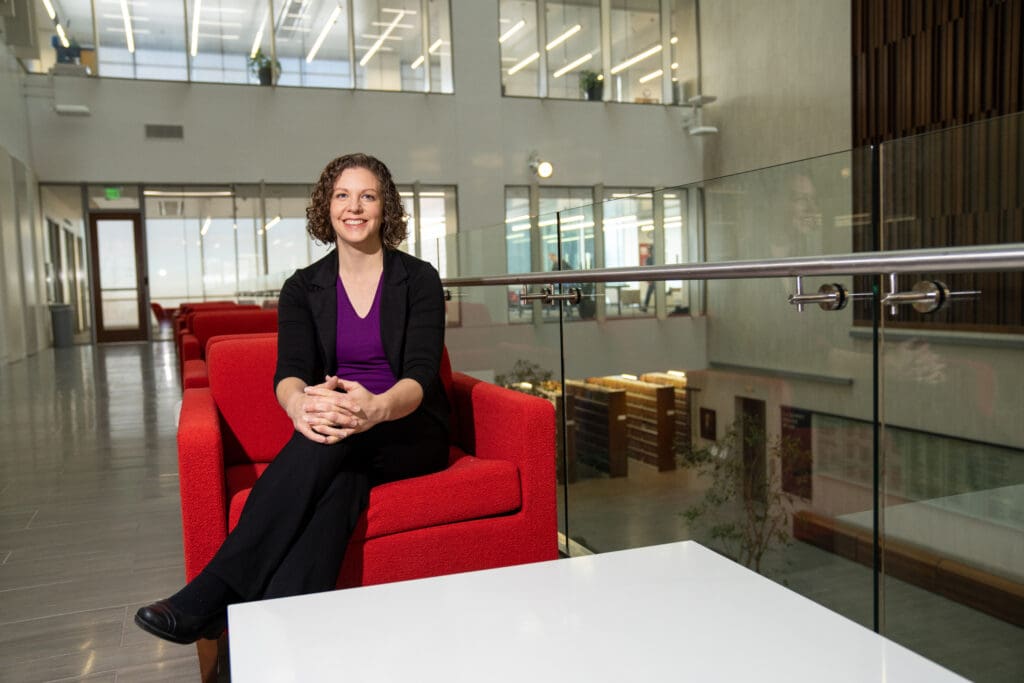January 3, 2024
Pulse of the Community

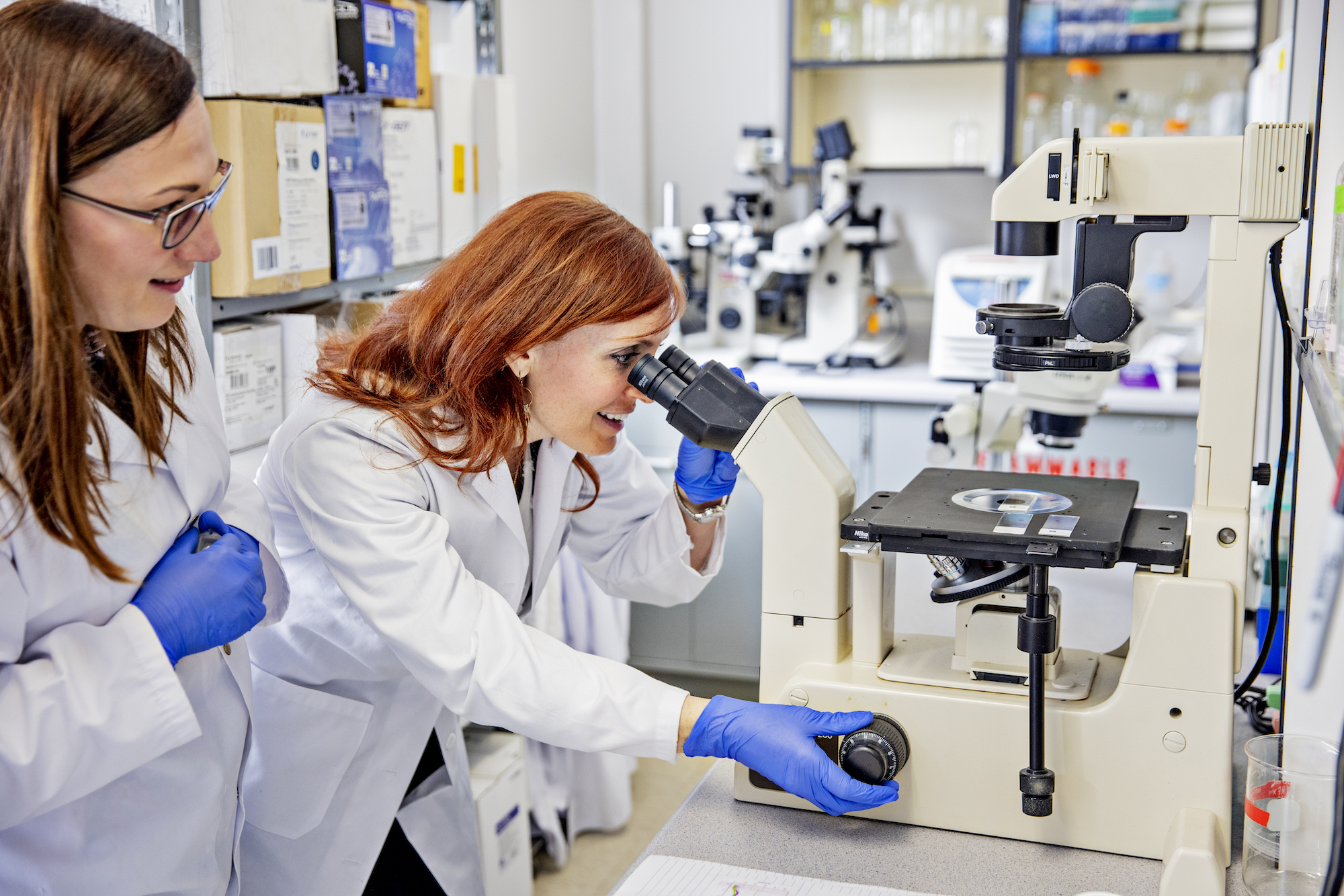
Dr. Sarah Franklin in her lab at the University of Utah on Wed. March 8, 2023. Photos by Kim Raff for Love, U
One person dies every 34 seconds in the United States from cardiovascular disease—and adults living in rural areas have a 19 percent higher risk of developing heart failure. Heart disease has been the leading cause of death in the US since 1950 but thinking about two people dying nearly every minute because of it makes a statistic most Americans have heard at some point in their life feel quite startling. While these CDC statistics don’t appear to be going away any time soon, there is hope in science—particularly in the lab of Dr. Sarah Franklin.
Dr. Franklin runs one of 12 labs housed in the Nora Eccles Harrison Cardiovascular Research and Training Institute (CVRTI) working toward making breakthroughs in the fight against heart disease. As a principal investigator, Dr. Franklin manages a team of researchers collaborating to study on a molecular level what happens when the heart transitions from a healthy heart to early and late stages of disease. “We do that so we can understand the process better, and then hopefully develop better therapies from that knowledge,” she says.
The research team in Dr. Franklin’s lab is focused on studying epigenetics, a field that tries to understand what genes are involved in the heart and how the heart functions, and then examines how those genes are modified in a normal heart or during the disease process. Her team studies SMYD 1, a gene that is part of the SMYD family of proteins and has been identified to only be expressed in the heart’s muscle or skeletal muscle.
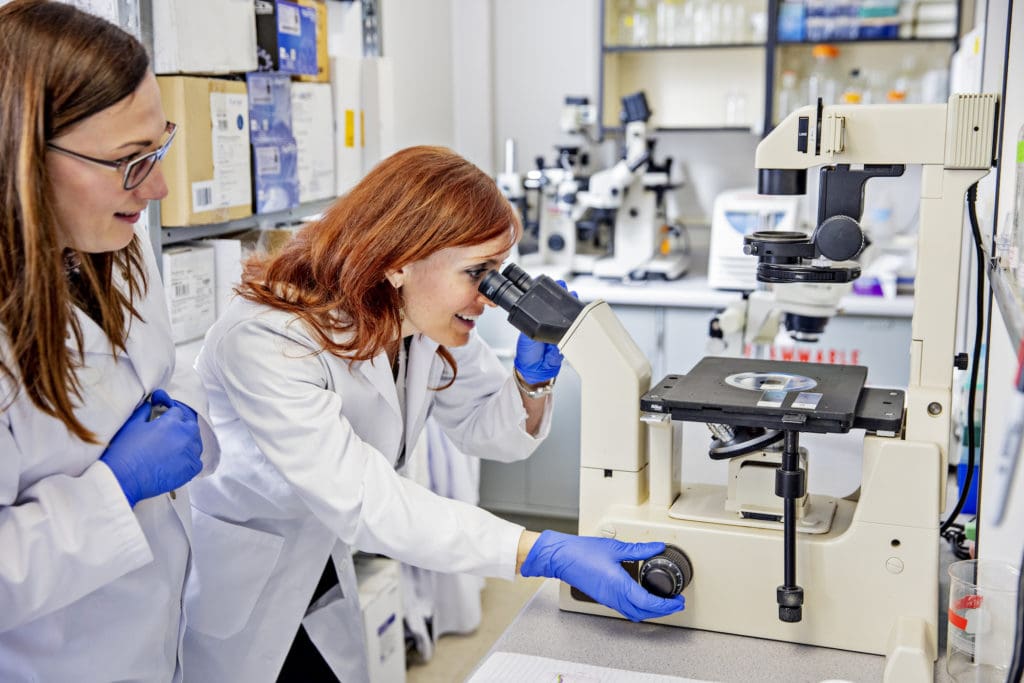
Their work has included studying genetically modified mice to determine whether increasing the amount of the SMYD 1 gene can protect the heart from a heart attack. Preliminary findings yield optimistic results. “We can show that this is a protective effect in these mice. The next step from that discovery would be to understand what’s happening in the tissue, and then, how can we translate that to potential therapies in humans?” Dr. Franklin says. “To be able to reduce the severity of a heart attack by 70–90 percent is a huge thing. If we can now do that in humans, it would be significant.”
Her work in the lab has the potential to transform human health—a theme that carries over into additional roles on campus at the University of Utah as assistant professor of cardiovascular medicine, adjunct professor of biochemistry, and assistant director of the Rural & Underserved Utah Training Experience (RUUTE) program in the School of Medicine.
Dr. Franklin is committed to changing the lives of those connected to the medical community—whether by being in it or accessing it as a patient—for the entire state. It’s a goal inspired by her roots.
“I grew up in rural Utah on a cattle and sheep ranch near Price,” she says.
Assistant directing the RUUTE program allows Dr. Franklin to stay connected to her hometown community as well as the many other rural communities throughout the state. “It’s something that’s really close to my heart, because I grew up in a wonderful community that I loved, but also there were a limited number of opportunities, whether that was education-wise, in being exposed to certain sciences, or even health careers,” Dr. Franklin says.
The RUUTE program aims to give students the opportunity to experience high-quality research that helps them be more competitive as they apply to graduate programs or medical schools while also exposing them to various health science fields they can go into as career options—and it serves the important purpose of providing more advanced health care to rural communities. According to a 2020 census report, 15 percent of all Utahns live in rural areas. However, only 7.9 percent of physicians practice in rural locations. Dr. Franklin and her colleagues are working tirelessly to change that.
As the main medical school for the Intermountain West, the University of Utah has hired hub leaders who work in communities like Price to connect rural providers to the university so they can continue to get additional education. And through RUUTE, students in the School of Medicine can gain firsthand experience serving in these communities.
“They are giving medical students the opportunity to lean what it’s like to be in a rural community and some of the unique aspects of providing healthcare,” Dr. Franklin says. “They’re also allowing these students to see if they want to go back to these communities to be a provider to provide quality healthcare for individuals that may not have the same opportunities and access to physicians as you have in the greater Salt Lake area.”
The program also includes several educational initiatives that engages with K–12 students in all corners of the state to help them see themselves in health sciences.
“I love our outreach programs to these rural communities because I was one of these kids,” Dr. Franklin says. “I was one of those individuals who didn’t always have all the educational opportunities that are sometimes given, or at least available, to students that live in the larger area of Salt Lake.”
As her work in and out of the lab continues to evolve, Dr. Franklin is excited for what’s to come. At the CVRTI, the Eccles Foundation has made a generous donation to expand a new wing onto the institute, which will allow for hiring additional research faculty.
“Philanthropy can be incredibly impactful when it comes to research. When individuals are able to donate money to support research endeavors, they are allowing new projects to be started that have significant impacts on human health,” Dr. Franklin says. “It’s exciting to be in an area where we really get to take a step to the edge of knowledge and then push that envelope to discover new things that we didn’t know before as humans.”
And as new ground is broken in the research labs, Dr. Franklin is looking forward to the ways in which outreach efforts made by the RUUTE program will ensure that the benefits are felt throughout the state. “It’s wonderful that the University of Utah has continued to expand these initiatives to make the University for Utah,” she says.

